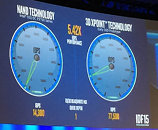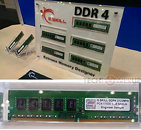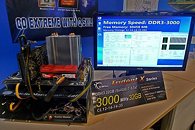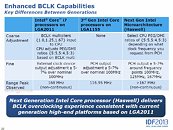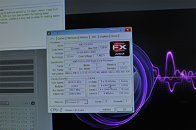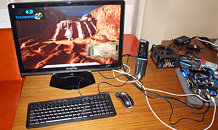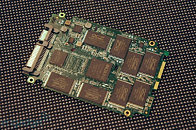
Intel Cancels Intel Developer Forum, Including IDF17
In what amounts to a surely shocking bit of news for the PC hardware industry, Intel has announced it has cancelled IDF17, and terminated the Intel Developer Forum program altogether. Intel had previously announced there would not be an IDF in China this year, but now the cancellation appears to have gone global and permanent. From the horse's mouth, if one were to consider Intel a horse (would it be a fast one? My mind wanders):
"Intel has evolved its event portfolio and decided to retire the IDF program moving forward. Thank you for nearly 20 great years with the Intel Developer Forum! Intel has a number of resources available on intel.com, including a Resource and Design Center with documentation, software, and tools for designers, engineers, and developers. As always, our customers, partners, and developers should reach out to their Intel representative with questions."
"Intel has evolved its event portfolio and decided to retire the IDF program moving forward. Thank you for nearly 20 great years with the Intel Developer Forum! Intel has a number of resources available on intel.com, including a Resource and Design Center with documentation, software, and tools for designers, engineers, and developers. As always, our customers, partners, and developers should reach out to their Intel representative with questions."

